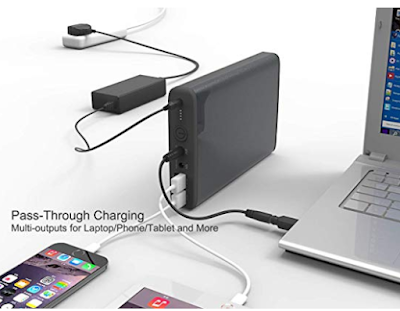Levitating Wireless Bulb- The future of electric bulb
Have you ever thought of a light bulb which is a gravity-defying and will hang in the air for 22 years? Interested? Here are the details of such a product…..
Wireless power transfer was invented by Nikola Tesla in the early 20th century. Wireless power transmission technologies use time-varying electromagnetic fields to transfer electrical power from a source to a device without the aid of wires. Magnetic levitation is a method by which an object is suspended with no support other than magnetic fields. Magnetic force is used to counteract the effects of the gravitational acceleration and any other acceleration. Simon Morris, an Art scientist, has invented a revolutionary levitating wireless light bulb using both the technologies i.e., Levitation and Wireless Power Transmission. This device is one among the 25 best inventions of 2016, as per the Times magazine.
How Does it Work?
The Levitating Wireless bulb works by a combination of induction and magnetism. The unit is formed of a base (block of wood), which is connected to a standard power supply, and the specially made light bulb. While gravity pulls the light bulb towards the base, it is pushed up by the opposing force of the magnetism. At the same time, power is transferred wirelessly from the base to the bulb with a technology called induction. The electromagnetic field heats the coil in the bulb. The light bulb contains a cap. Inside the cap is a magnet. Inside the magnet is a coil and that coil receives the electricity and powers the light. Levitation is achieved when the bulb is placed at the center point of the base. The base needs to be plugged, for the light bulb to turn on and levitate. Also, the base can be used as a wireless charging station for smartphones and other devices.
When the standard power supply is on, the unit is in operation and the light bulb can be turned on and off by tapping the surface of the base. If left un-touched, it consumes very little power and will remain levitating and rotating endlessly. The light bulb has a lifetime of 22 years based on six hours use a day or 11 years at 12 hours per day. The long lifetime is due to the bulb using low-energy LED lights to create light, rather than filaments as some other more short-lived light bulbs use.
Where can this be used?
Restaurants can use this device instead of candles in the middle of table settings. Apart from this, it can also be used in museums. It can also become a fine interior and decorative item for house.
Pros and Cons:
C
D
Final Thoughts:
Levitating Wireless bulb requires no batteries and powers light through the air via induction. It uses energy-efficient LEDs rated at 50 000 hours or the equivalent of 12 hours a day for 11 years. In case of a power outage, the levitating bulb will land back on the base. These bulbs are shatter-proof and designed to withstand shock in case of a power outage or if accidentally unplugged. When power is restored, simply reset the bulb back on the base. The cost of this bulb is approximately $349 for 60W bulb (depends on the company) and is available in Amazon.
Sources:
https://www.kickstarter.com/projects/flyte/flyte-levitating-light/updates



Comments
Post a Comment